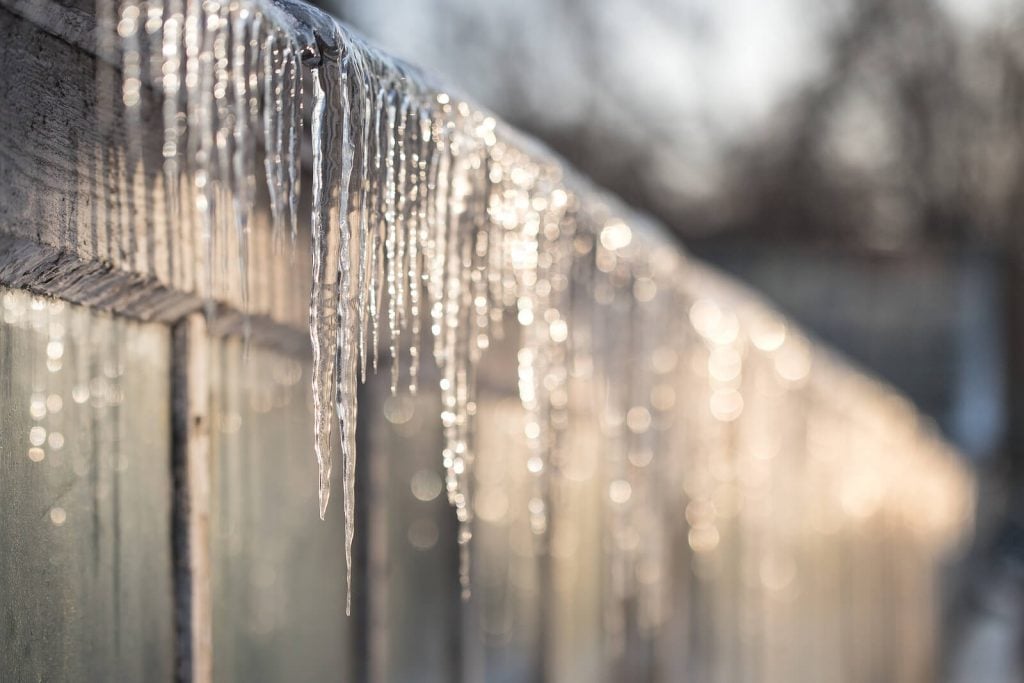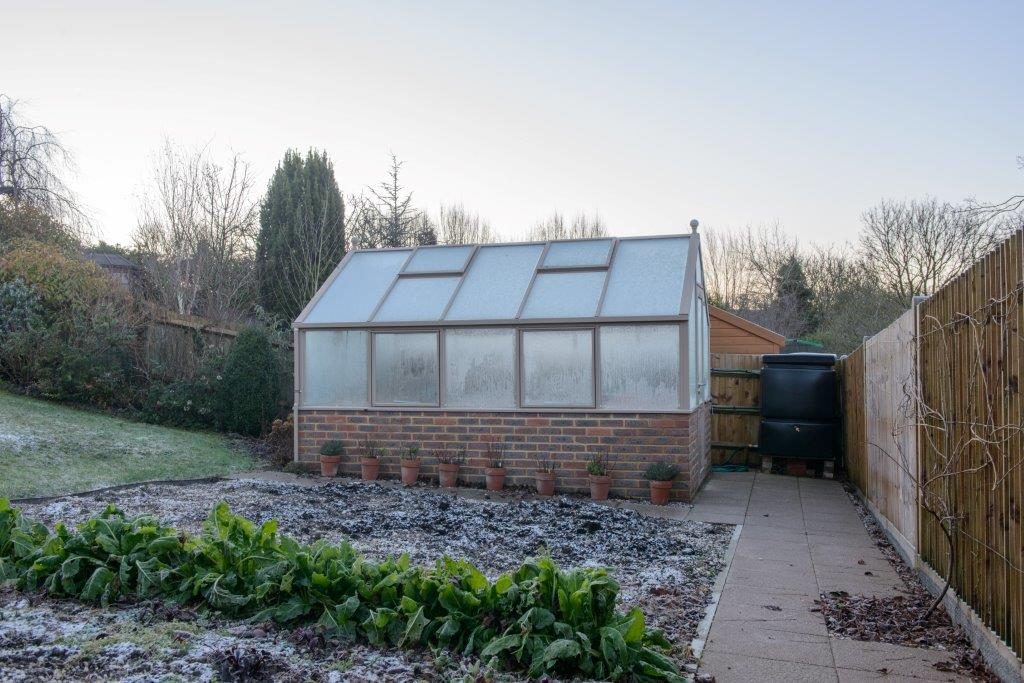The Ultimate Guide to Bubble Wrapping a Greenhouse
Gardeners around the world are bubble-wrapping Greenhouses, but why? It’s not to protect the glass against breakage but is actually in an effort to trap more heat inside the Greenhouse during the winter months.
In this guide, we will look at the arguments for and against bubble wrapping Greenhouses, how to bubble wrap a Greenhouse effectively, and some of the alternative ways – active and passive – to heat a Greenhouse during the colder months.
Why are gardeners bubble wrapping Greenhouses?
Bubble wrapping Greenhouses has pros and cons, but in colder areas, you might find it is better to bubble wrap your Greenhouse over winter.
This is because bubble wrap acts as an insulating layer so that your Greenhouse retains more heat than it otherwise would.
Bubble wrapping Greenhouses can be especially effective if your Greenhouse is single-glazed or is a traditional Greenhouse with a very large percentage of its surface area comprised of glass; however, it will also work well on double glazed Greenhouses to retain more heat.
Why is bubble wrap a good insulator?

Bubble wrap has several properties that make it good for Greenhouse insulation, especially when you use specially made horticultural bubble wrap.
The main principle behind why bubble wrap is a good insulator is similar to double glazing. The bubbles create an insulating barrier that helps to prevent heat loss from the warm interior of the Greenhouse.
At the same time, because bubble wrap is translucent, it does not prevent sunlight from entering the Greenhouse, so anything you are growing inside still gets plenty of light.
What type of bubble wrap should I use for a Greenhouse?
Greenhouse bubble wrap insulation is not the same as the bubble wrap packaging you often find wrapped around delicate items during shipping and delivery.
Horticultural bubble wrap has larger bubbles, which give it even better insulating properties, and is usually treated to withstand long-term UV exposure.
By using the correct Greenhouse bubble wrap insulation, and not everyday packaging bubble wrap, your insulation should survive several summers of direct sunlight.
The advantages of using Greenhouse bubble wrap insulation

Horticultural bubble wrap has several advantages over alternative ways to insulate a Greenhouse.
As a passive system (as opposed to electrical heaters, for example) it consumes no power once in place, making it a cost-effective and low-carbon option.
Translucent bubble wrap means sunlight can still enter the Greenhouse, making it preferable to opaque insulating felts and fleeces.
Bubble wrap is a temporary measure and can be removed during the summer months, and is easy to store in a relatively small amount of space until the autumn.
Bubble wrapping a Greenhouse is also a cost-effective way of keeping a Greenhouse warm, which is why it is the insulation choice of many gardeners. This is especially true when compared to other methods of heating a Greenhouse.
The challenges of using Greenhouse bubble wrap insulation
Bubble wrap insulation for Greenhouses is not a perfect solution, by any means.
As a single-use plastic, horticultural bubble wrap will eventually need to be thrown away, although you should get several years from it and can reuse smaller cut-offs to insulate individual pots and planters.
The insulating layer will prevent some humidity from escaping, but again you can mitigate this by cutting carefully positioned vents where moisture can get out.
Some people find it a lot of effort to install bubble wrap insulation in the autumn and then to remove it the following spring – but the alternative is to use an active system that can be turned off in summer, which is likely to mean consuming power during winter.
How to effectively insulate a Greenhouse using bubble wrap

If you have decided horticultural bubble wrap is the best solution for your Greenhouse, the next step is to learn how to insulate a Greenhouse effectively, for the best results.
Use the right kind of bubble wrap, as ordinary packaging wrap is not UV-resistant and will degrade faster.
For best results, use strips of bubble wrap that are free from rips, tears, and other damage. Apply them to the interior surface of the glass, horizontally starting from the door, and without gaps between sheets.
Greenhouse insulation fixing clips can hold your bubble wrap in place, or you may be able to put fixing screws directly into the channels in your Greenhouse’s aluminium extrusion, without causing any damage.
Read more about how to install bubble wrap insulation in a Greenhouse.
The importance of Greenhouse insulation
Any effective method of Greenhouse insulation will tick many of the boxes for better indoor winter gardening, by keeping the interior warmer – just remember to be wary of excess humidity.
This extends your growing season into the autumn and can even allow you to keep growing moderately hardy plants over the winter.
In colder locations especially, Greenhouse insulation using bubble wrap, felt or fleece, or via an active heating method, can protect your plants against an unexpected overnight frost as temperatures start to fall at the end of summer.
Alternative Greenhouse insulation methods
Bubble wrap is not the only way to insulate a Greenhouse. Here are a few alternative Greenhouse insulation methods you might want to consider.
Fan heater
A Greenhouse fan heater is an active way to raise the temperature inside your Greenhouse, and can be used in fan-only mode to improve air circulation without altering the temperature.
Felt and fleece

Insulating felt and fleece is an alternative passive insulation for Greenhouses, but blocks out the light – it may be better used to insulate individual pots and plants inside the Greenhouse that are most susceptible to the cold.
Half and half
A ‘half and half’ approach is an alternative way to install Greenhouse insulation. By only insulating half of your Greenhouse, you create two distinct areas, giving you a more versatile growing space to use during the autumn and winter, which still benefits from some insulation.
What is the cheapest way to keep a Greenhouse warm?
The final decision is completely up to you and there’s really no right or wrong choice. Just weigh up the pros and cons of bubble wrap for Greenhouses, the alternative methods of Greenhouse insulation that are available, and your personal preferences.
Remember too that Greenhouse bubble wrapping is temporary, cost effective, and not difficult to remove at a later date, so if it doesn’t give you the results you want or expect, it’s easy to try something else instead.


